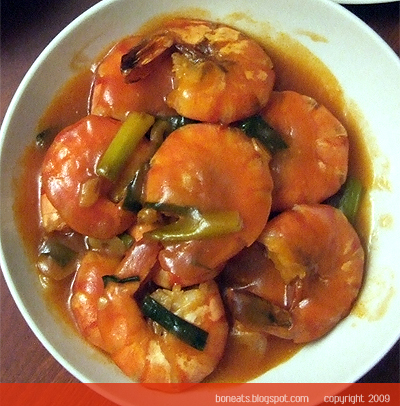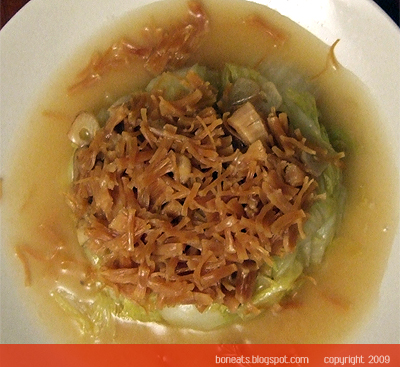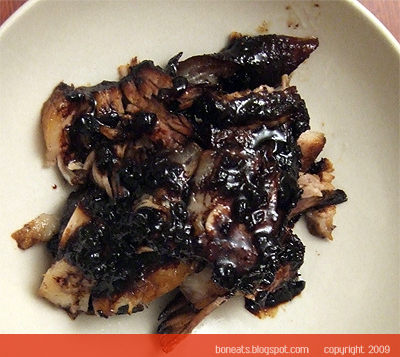Gung Hey Fat Choy!
Happy Chinese New Year to all! It’s the biggest and most important holiday on the Chinese calendar—a time to reflect on the past year, and to look forward to a new year that will be filled with joy, peace, prosperity, good health, happiness, and most importantly, more good eats! My parents are coming down for a visit at the end of the week, and my mother already has a list of food she’ll bring for me! So for the next two weeks (since that’s how long the New Year festivities last), I’ll be taking a bit of a hiatus from my post-holiday diet to stuff my face to my little heart’s content with turnip and taro cakes, various fried pastries and many other delicious and traditional Chinese dishes.
I’ll admit, my talent for cooking Chinese food is sorely lacking, as I’ve stated before. I’ve fully taken advantage of my mother’s own brilliance in the kitchen, and while I can make a mean chocolate cake or lasagna, or even a fancy three-course dinner, I often find it a challenge to cook Chinese food well. Perhaps a lot of it has to do with my mom being such a good cook, and knowing that I could never excel in that culinary area as well as she can. But a quick phone call home to mom and some independent research online managed to temporarily curb my defect.
Sweet and sour is pretty synonymous to Chinese food in the Western world, thanks to the popularity of sweet and sour pork and sweet and sour sauce. I’m a huge fan of sweet and sour myself; I love the combination of the sharp zing of the vinegar and the sweetness of the ketchup and sugar coating crispy pieces of fried meat. I made some Sweet and Sour Shrimp, pan-searing the shrimp instead of frying them before tossing them in a sweet and sour sauce made of sugar, ketchup and vinegar. The shrimp will taste extra delicious if you fry them (as will anything really, because who doesn’t secretly love fried food?!), but they work just as well pan-fried as I have done.
I also made Braised Napa Cabbage with Conpoy. Fresh scallops are delicate in flavour, but conpoy (dried scallops) have a much deeper and pungent flavour to them. It makes an impact in dishes, and is balanced really nicely here with the sweetness of napa. There was also some fried garlic layered between the conpoy and napa, which gave the dish that little extra “oomph” on the flavour radar.
North American has seen its fair share of fad diets in the past decade, and it wasn’t until recently that people have begun to once again embrace such indulgently rich foods like duck, foie gras and pork belly more openly. My mom makes an incredible braised pork belly dish every year for the new year festivities, made with dried preserved vegetables. It’s incredibly time consuming with the amount of work that goes into making it, but it’s absolutely worth it when you taste a bite of the tender, melt-in-your-mouth morsels of meat. I myself don’t have the patience or the desire to make such a dish for myself, so I made a simple Braised Pork Belly with Soy and Star Anise (very similar to red-braised pork). Red-Braised Pork Belly is a popular, homestyle dish that hails from the Hunan region. Braised in a mixture of dark soy sauce, sugar, star anise, ginger, garlic and cinnamon, the pork belly packs a lot of punch in depth and complexity of flavours. Most people like to enjoy eating the fatty pieces of pork with steamed buns, to help cut through the richness of the meat. I decided to skip the bun and wrapped them in some lettuce leaves along with a slice of cucumber.
The Year of the Ox seems to be starting off on the right note for me, and I can only hope that everyone else enjoys another year of delectable culinary delights! Here’s to a Happy New Year, and to many more days of happy cooking!







0 comments:
Post a Comment